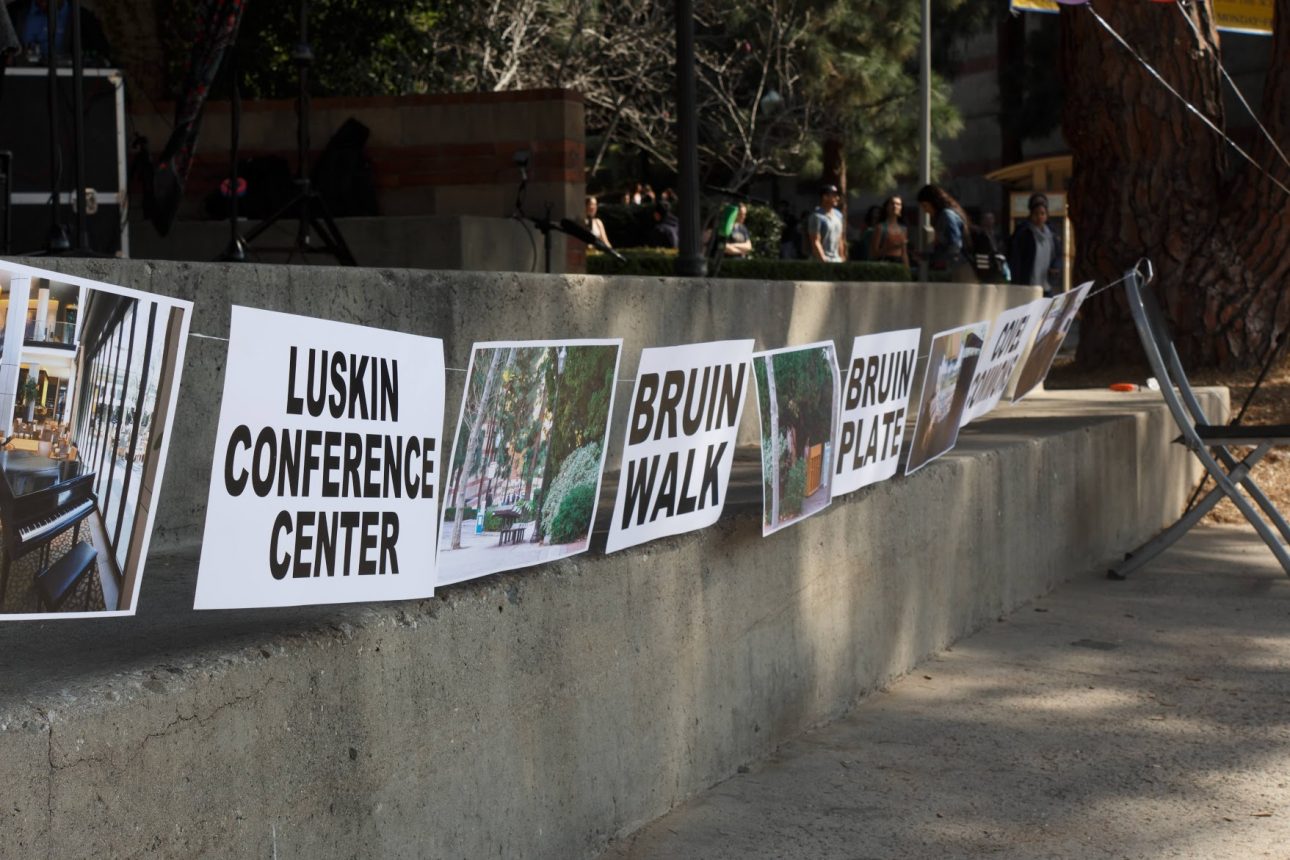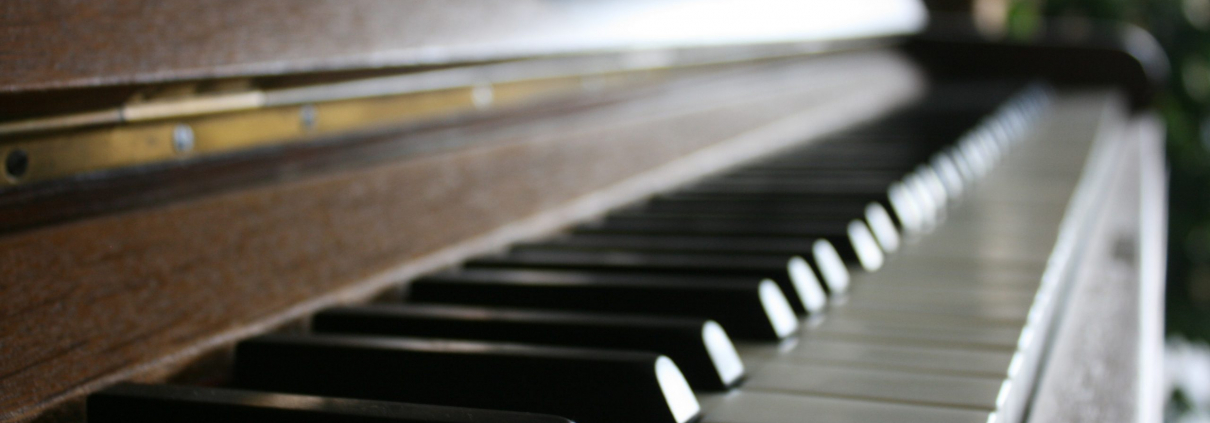The UCLA Piano Project
Have you ever felt overwhelmed as you are walking to your third class, or even a three-hour long lab, during the day? As a 2019 mark on campus, the UCLA Piano Project was launched as an effort to foster a sense of relaxation and tranquility. In the midst of midterm season, playing the pianos located around campus pauses the chaos of running to class and cements a sense of peace with the beat of music.
The project was founded by UCLA alumnus Jeremy Barrett in January 2019 as an effort to bridge a connection between the student community and music. The project began with three pianos in the fall, and was made possible through funding from the Semel Healthy Campus Initiative Center and the UCLA Herb Alpert School of Music as well as support from Chancellor Gene Block.
The pianos are located in four places around campus: Bruin Plate, Covel Commons, the Luskin Conference Hall, and Bruin Walk — all scattered in locations convenient for students’ pleasure. The music played on the piano is meant to transform a stress reliever into a harmonious sound for all.

According to a recent interview with Jeremy Barrett, the UCLA Piano Project was just an idea a few months back — an idea driven by the fact that most students are passionate about music and need a form of musical expression. His collaboration with staff and faculty helped solidify the plan and install accessible pianos around campus to unify the student community. Barrett explains that the Schoenberg Music Building donated four pianos after he was able to find a location for the pianos.
In fact, Barrett explains that Peter Angelis of UCLA Housing & Hospitality Services said, “Since they’ve been installed, impromptu performances have been non-stop and watching the social interactions of passersby with the pianists has been heartwarming. The pianos have brought a higher level of community and wellness to the Hill, and one that makes me wonder how we could have gone so long without the beautiful instruments.”
The student feedback on the piano project has been positive, as individuals believe the piano is a spontaneous outlet to channel their creativity on campus. There are opportunities in which individuals can play the piano in order to create a form of expression. UCLA students Jamie Adachi and Reshmi Vadapalli suggest that the pianos around campus create a nice distraction for them. Their evening walks on campus are enlightened by the fact that they can hear the piano play — a tranquil sound as they walk around campus and add peace to their walk.
“When we take an evening class on campus, we hear people play the piano on Bruinwalk and it is very calming,” Jamie Adachi mentions, “I appreciate hearing people play when I am walking to class.”
Jeremy Barrett emphasizes that the UCLA Piano Project was also constructed as an instrument of peace — one that could be heard in Los Angeles, California, America, and worldwide. The music could be heard in the steps of Bruin Plate, Sunset Village, and Luskin Conference Center. This served as a primary motivation for him to create the project.
In extension to this student experience, students living in the dorms mentioned that you can play the piano located in Covel Commons. Students who walk by the sound of the piano comment on the fact that it is a passive form of stress relief. These small acts of stress relief emphasize that students appreciate the university’s efforts to create a safe space among all. Their #homeawayfromhome, if you will.
The future plans of the Piano Project include incorporating different art forms and incorporating the concept of “Building Community Through Art” and organizing a “Paint the Piano” contest.
Ultimately, the UCLA Piano Project has sparked a conversation of stress relief and positivity among the student community. Jeremy Barrett’s work has changed the student community into a more musically-aware campus. The UCLA Piano Project has united students and the passion for music in a livid way — check it out!
Jessica Nunez is a third-year undergraduate student studying Cognitive Science and Spanish, Community and Culture. In addition to blogging for the EngageWell Pod, she interns for the Transplant Research and Education Center (TREC) where she communicates with Spanish-speaking kidney patients about their various treatment options. She is strongly passionate about working towards healthcare equity and fostering social change.


